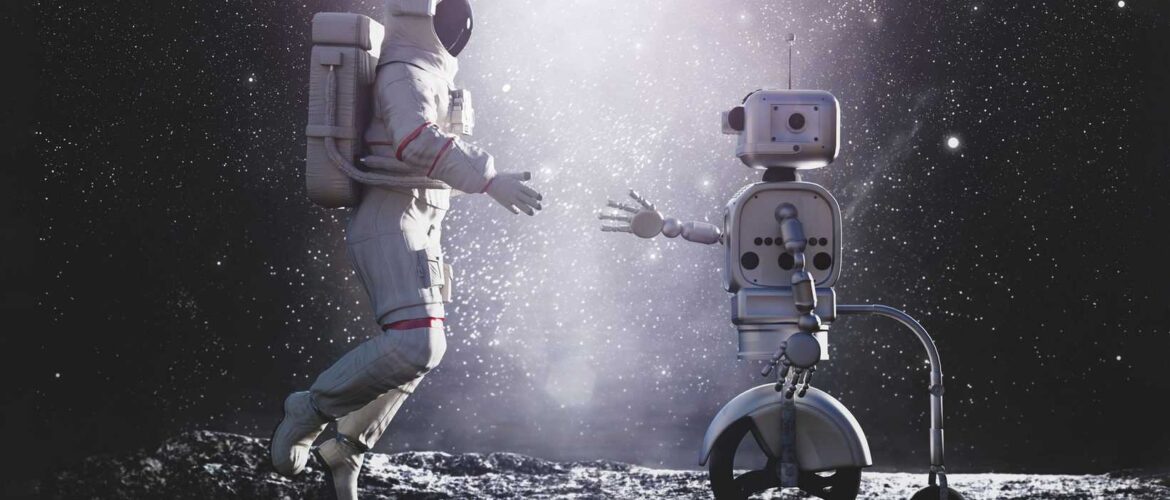Blog
An emotionally intelligent AI could support astronauts on a journey to Mars – MIT tech Evaluation
- January 25, 2020
- Posted by: Learnings For You
- Category: Blog

Astronauts have a tendency to be probably the most physiologically and individuals that are psychologically fit our planet. They’ve been trained to hold calm in life-threatening moments and certainly will utilize extreme focus over-long quantities of time.
Akin CEO Liesl Yearsley states the prospective will not be when it comes to AI just to run tasks and set reminders like Alexa or Siri, but to take action as a buddy offering you empathetic support. “Imagine a robot that’s in a position to think, ‘Mary’s having a bit of an day that is off noticed she seems a little curt together with her peers,’” she states. “The AI might then decide it’s prudent to make Mary’s that is sure( top for the lady routine throughout the day, and see a strategy to be a tad bit more nurturing and encouraging to mitigate a number of the anxiety. Those would be the kind of more deeply levels we wish to be able to process.”
These current robots tend to be stunted by too little emotional cleverness, says Tom Soderstrom, CTO at NASA’s jet-propulsion Laboratory. AnAI might one-day offer emotional help for astronauts on deep-space missions that’s the reason why JPL is now dealing with Australian tech company Akin to develop. “That’s the piece that excites me personally the fundamental about Akin,” he states. “We want to have actually an intelligent assistant that will get a grip on the spacecraft’s temperature and means, determine any technical problems—that may also be watching individual behavior.”
The Akin cooperation uses brand that is JPL’s new Open supply Rover project, making openly offered the basic designs of real Mars rovers like Curiosity. Interested pupils and younger designers can learn to develop their own wheel that is six for around $2,500. Within the last 12 months, Yearsley and Soderstrom purchased Open supply Rover to check and progress Akin’s emotionally intelligent AI. The result is a rover dubbed Henry the Helper. Currently puttering around the JPL reasons and addressing employees and visitors, it reveals the AI’s ability to connect to individuals and know individuals feeling.
Plus just a few years, Akin hopes to see Fiona become more active tomorrow. Fiona wouldn’t also necessarily be a physical robot, but rather a cross-platform system operating on a spacecraft like Gateway (NASA’s upcoming lunar universe), or a habitat regarding the moon or Mars. There’s no dedication yet for this becoming element of Artemis or Gateway, nevertheless business is working earnestly along with other people in room industry to ink some kind of initiative. Yearsley claims any hope of creating Fiona part of Gateway or Artemis implies Akin need prototypes that are reliable by September. Should that fail, Akin will dsicover if its AI is tested a great deal more separated configurations, like Antarctica, or perhaps in various contexts, such as for example assisting senior or people that are handicapped***)
Later this the organization will roll out two even more prototypes: Eva the Explorer and Anna the Assistant year. Eva’s primarily a more autonomous Henry, outfitted with additional sensors that will enable the AI to grab on subdued speech and phrase that is facial as it participates a great deal more complex conversations. Anna could well be similar to an laboratory that is autonomous that anticipates the demands of JPL employees—taking records, responding to concerns, handling products and resources, and troubleshooting dilemmas.
But a spacecraft, since it takes place, may be a perfect environment for instruction and deploying an emotionally intelligent AI. Given that technology would-be reaching simply the small crowd onboard, statements Barrett, it’s going to be in a position to find out each individual’s “vocabulary of facial expressions” and simply the way they manifest once you go through the face, human anatomy, and noise. It could arrive at understand how these expressions enhancement into the framework and environment of a spot objective, under personal options concerning other astronauts. “Trying to try this in a shut environment, for starters or some individuals, might be a more friendly problem than desiring to do this for the available environment,” she states.
